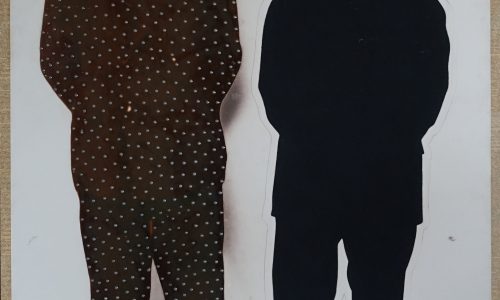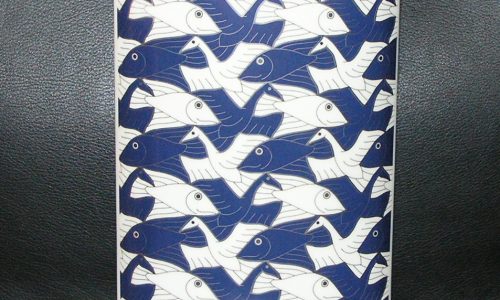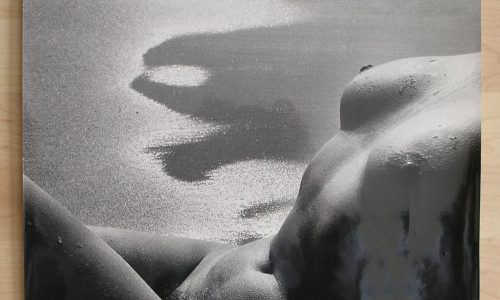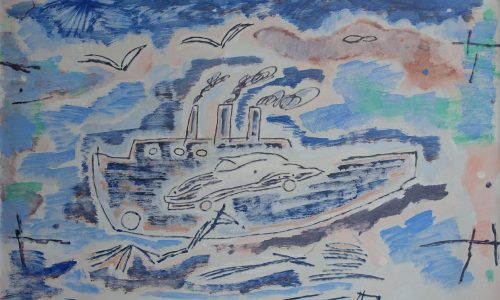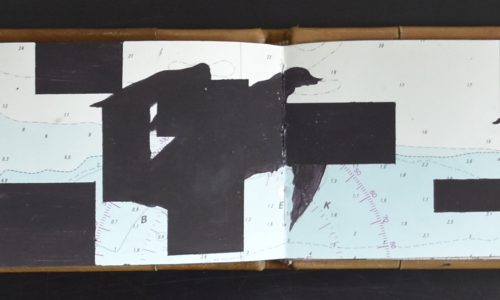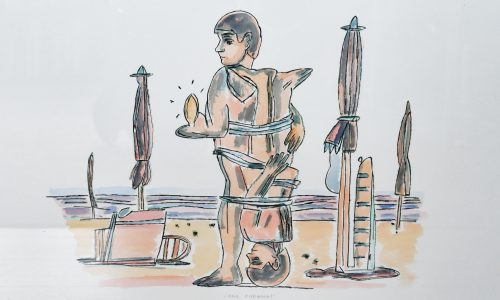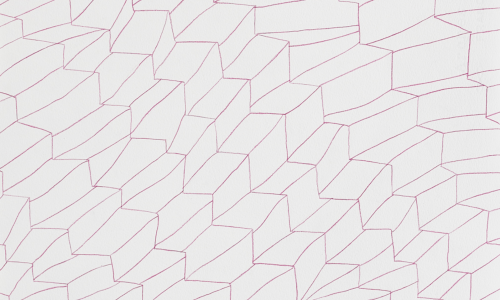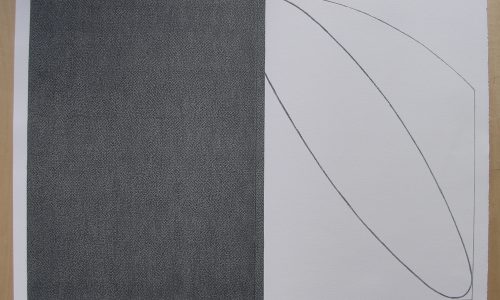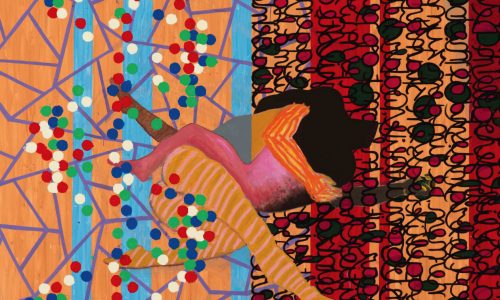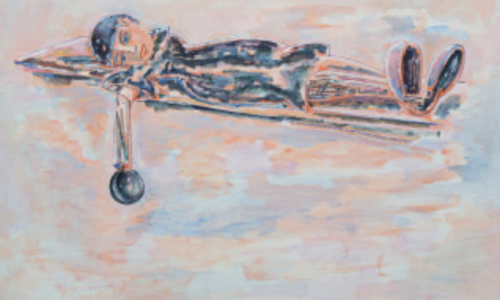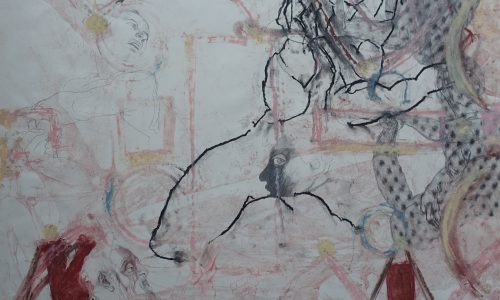
In her work, Lili Dujourie expresses an imagery that delves into the beauty of art history to touch on the themes of vanity, transience, presence and absence, and melancholy. Her work is full of cultural references drawn from literature, music, film and painting. With her first sculptures from the 1960s, Lili Dujourie entered into a critical dialogue with the minimal and conceptual art that was predominant in the art scene at the time, and in the following decade she turned to photography and video. In her black-and-white videos especially, which are without sound and often feature the naked female body as the subject, Lili Dujourie explores the themes of identity and gender that animate the contemporary feminist debate. The dichotomy between movement and stillness, between two and three-dimensionality, between figuration and abstraction, has underpinned all her artistic research to date. In a constant oscillation between painting and sculpture, Lili Dujourie has used different materials in her works, such as paper, velvet, marble, plaster, lead, clay and iron, revealing their internal contradictions.

These materials can be understood as soft and hard, malleable and rigid, fluid and solid, sensual yet inert: this depends on the extent to which the viewer’s perception of them is modified by the “poetry” that results from their manipulation. “I choose materials for their meaning and they are always both matter and medium”.
www.ftn-books.com has one publication with a contribution by Lili Dujourie available



























